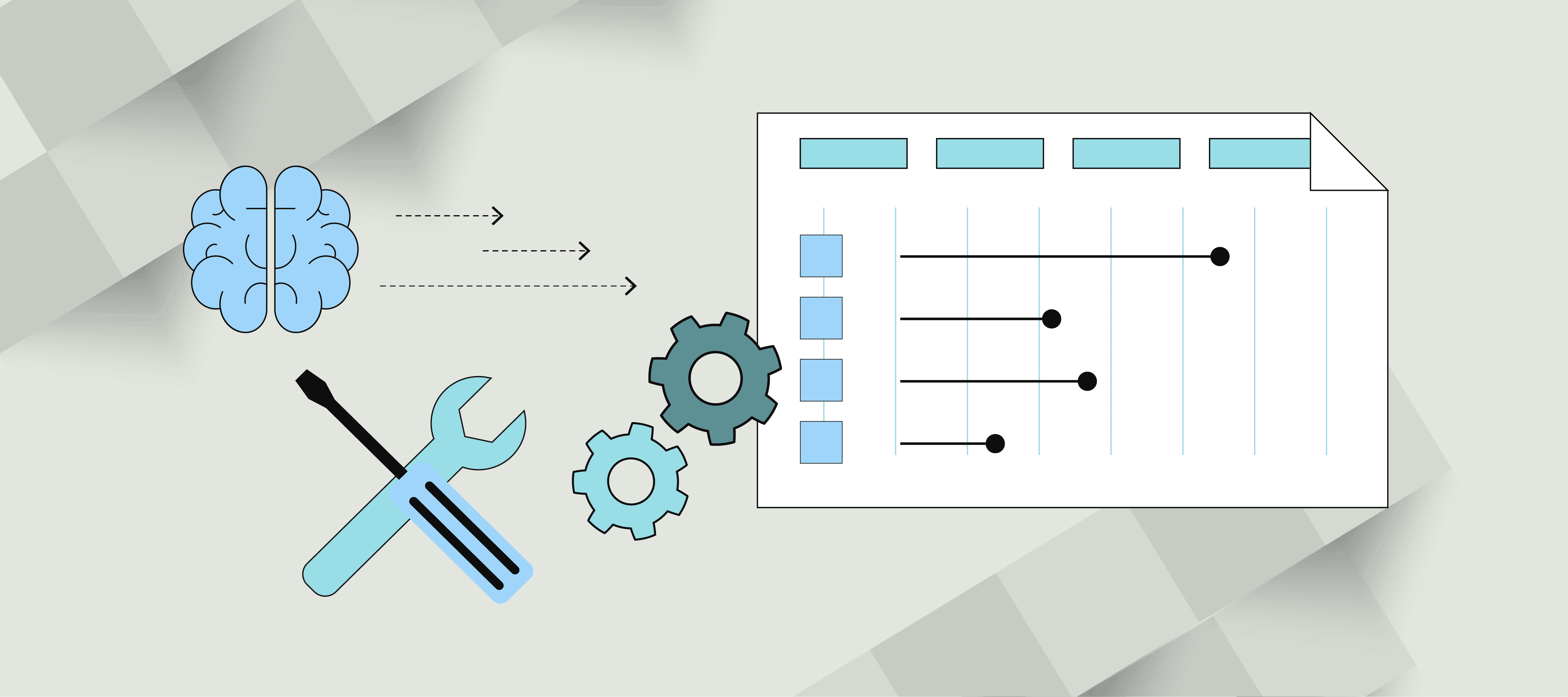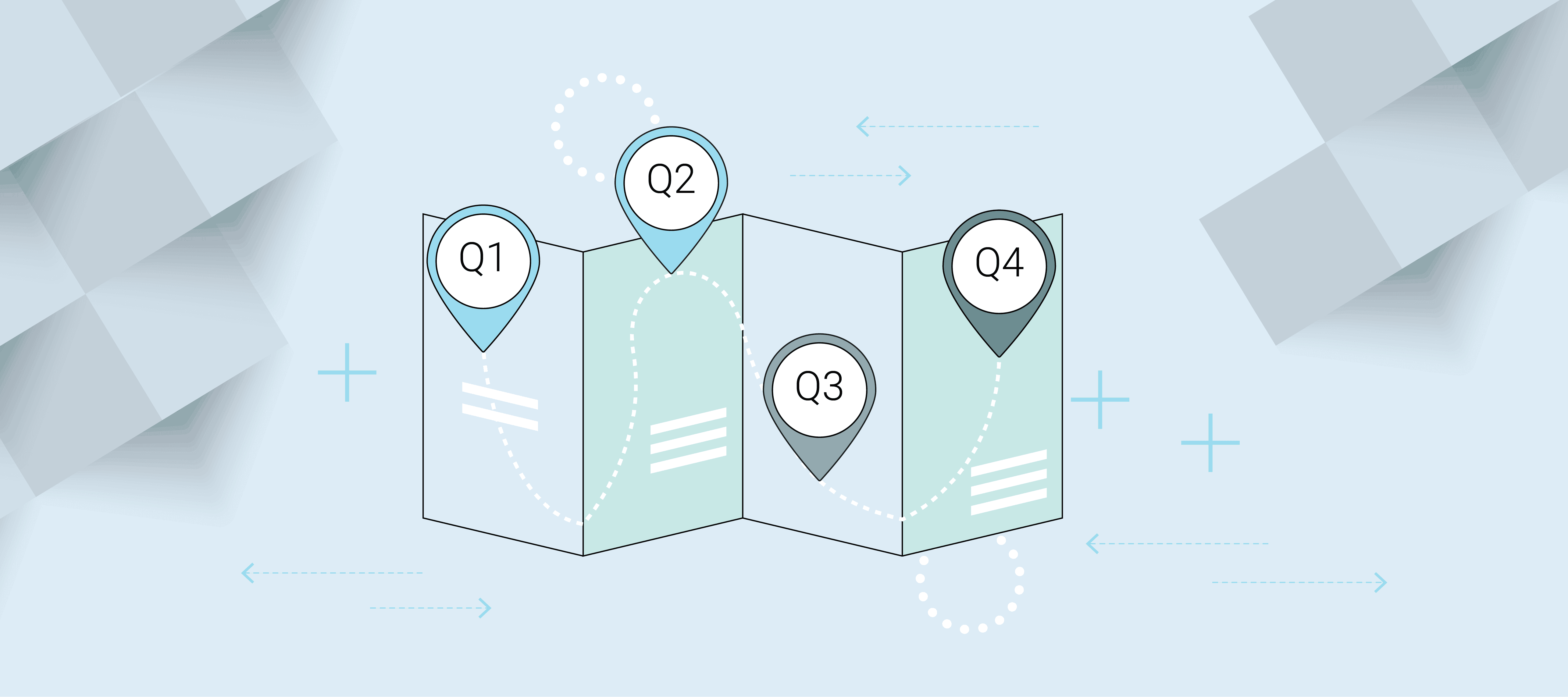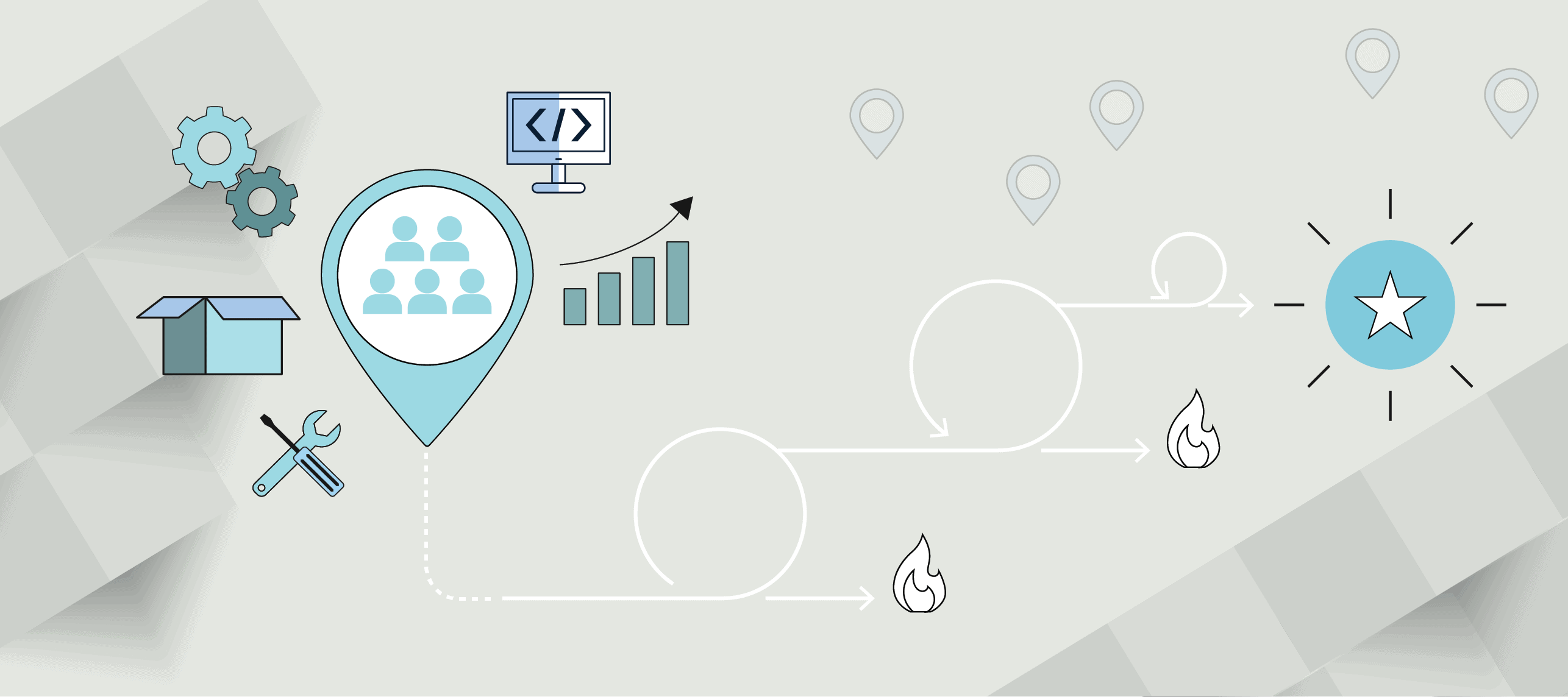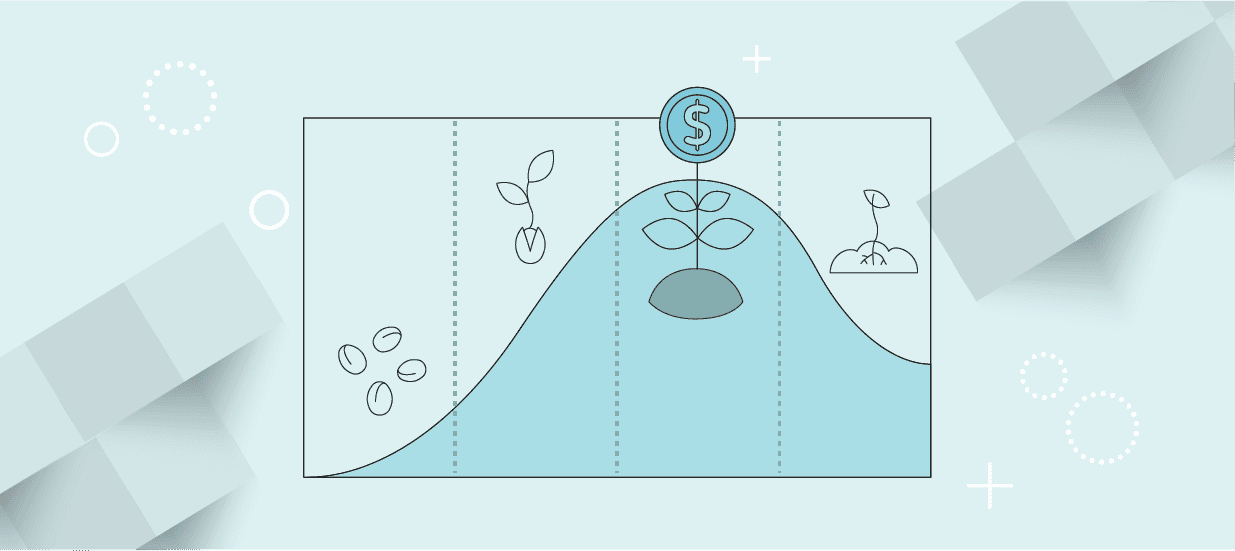The drinking fountain is a fixture in most public buildings. Chances are, the one in your office hallway is indistinguishable from the one you encountered on your first day of kindergarten. You probably haven’t thought much about drinking fountains since then, unless you are a plumber or work at Elkay Manufacturing.
In 2010, Elkay, a Chicago-based maker of sinks, faucets and other fixtures, launched its EZH20 drinking fountain and bottle-filler, revolutionizing what had been a mature, stable market. By studying drinking fountains—the people who use them, where people use them, and most important, what people use them for—the company found a huge opportunity to solve a market problem by developing a breakthrough new fountain.
The new fountain provides not only a refreshing sip of water, but also an easy way to fill the reusable water bottles many consumers carry. As a private company, Elkay does not disclose sales, but its new fixtures can be found nearly everywhere: college dormitories, airports, hospitals, office buildings and shopping malls. In short, it’s a winner.
Elkay’s case demonstrates what product developers and marketers know to be fundamental: Successful innovations must solve market problems. Yet before you can create a great solution to solve that market problem, you must first understand the customer need, and define them in clear, unambiguous language. After all, how can you understand something you cannot define?
To start, what is a customer need (or what Pragmatic Institute calls a market problem)? If your response is somewhere between a blank stare and a headache, you are not alone. Many hands-on innovators—product professionals, market researchers, engineers, marketing managers—still cannot agree on what defines a need. It is not for lack of discussion. Articles, conference presentations and blog posts have tried to define or differentiate flavors of customer needs, using terms like: wants, benefits, preferences, motivations, requirements, attitudes, functional goals, desired outcomes, product attributes, critical-to-quality characteristics, jobs-to-be-done, problems and use cases. This proliferation in terminology can leave innovators confused, wondering where to start.
Rather than arguing over the right term, I prefer to stick with the most familiar one—customer needs—and define it well. Some use this definition: A need is a desire that causes a customer to buy a product. If customers buy products to satisfy needs, then needs provoke customers to buy products. But this definition is vague; it doesn’t give any direction to product teams or market researchers on how to understand what customers want.
Instead, let us consider a more useful definition: A need is an opportunity to deliver a benefit to a customer. This definition contains three components:
1. A benefit that has value (the what)
2. A customer who values the benefit (the who)
3. A context that creates the opportunity to deliver the benefit (the when or where)
The Benefit
The first component is the what, a benefit that has value. A benefit could be tangible or functional. Perhaps it helps a person do something faster, easier or more accurately. It could be intangible or emotional, helping a person feel better or avoid feeling worse.
Successful products deliver some combination of functional and emotional benefits. The mix varies by category. Some industrial products deliver almost entirely functional benefits, while some consumer products deliver entirely emotional benefits. We must assess the opportunity to deliver both functional and emotional benefits, no matter which market we are in.
For example, the programmable thermostat is a common product. Its main product features are clear: It automatically controls your home’s heating and cooling system throughout the day, using a built-in clock and microprocessor. Some models offer variable programs for weekends and weekdays or for each day of the week. Others have lighted displays and touchscreen controls. The newest models use the internet to remotely connect to smartphone apps.
These features are merely components of a solution, and a solution without a problem has no value. The features in your programmable thermostat deliver functional benefits like ensuring your home is a comfortable temperature when you arrive from work, preventing frozen pipes during cold days, regulating how much energy you consume and reducing system wear from excessive cycling on and off. They deliver emotional benefits such as helping you feel like a smart homeowner, perceiving yourself as environmentally responsible and signaling your environmental commitment to guests. You did not buy a programmable thermostat because it had a lighted screen; you bought it so that you could turn up the heat on a dark, cold night without turning on the lights and waking the infant you just spent an hour putting to bed.
The Customer
The second lens is the who, the customer who desires the benefit and is willing to exchange something valuable like money or information. A good understanding of needs means identifying and understanding the right customers.
Sometimes, the customer is simple to spot. If you sell a consumer product, your customer is the end consumer, the primary shopper who purchases the product. However, if you sell to a business, your customer is often a combination of several individuals who may seek one or more different benefits from your product, or your competitors’ products, and they must reach a consensus on what to buy.
Not all customers perceive equal value in a benefit. A hospital purchasing manager may not see much benefit in a premium lightbulb with a lifespan 20 times longer than a traditional bulb. However, a maintenance manager, whose budget pays union wages to the workers changing lightbulbs every day, may value the same benefit much more. Similarly, demographics, firmographics, behaviors and attitudes also vary by customer. Male consumers may differ from female consumers. Managers at small businesses differ from those at large businesses. And while one investor may be comfortable with a large amount of risk and volatility, another may prefer security and stability. Even two otherwise similar individuals may hold different opinions.
The Context
The third and final component of a need is the context, the when or where that a customer desires a benefit. Needs are never spontaneous; they are situational. A benefit only has value if it solves a problem for a customer at a given time or in a given place. Common contexts include: a physical place or setting such as at work, at home or in the car; an occasion, such as a dinner date or business meal; a daypart, such as morning, afternoon or evening; or even a life stage, such as getting an education, raising children or preparing to retire. Context helps us explain why a benefit has customer value and how that value may change as the context changes.
Of course, not every context is relevant to every product category. As you might imagine, daypart or occasion contexts are more relevant to a foodservice or entertainment business, while life-stage contexts are more relevant to a financial-services business. In addition, contexts are rarely static, and customers regularly move across them. A business executive flying today for a meeting may be on the same plane next week for her family vacation. And she may be saving for her retirement at the same time she is saving to finance her children’s education. She may have dinner with her husband tonight but eat with a client at another restaurant tomorrow. In each case, she values the delivered benefits differently.
Getting Better at Uncovering Customer Needs
Recognizing the three components of a customer need lies at the heart of a solid understanding of the voice of the customer. Applying them will help you better structure your efforts to gain customer insight by posing relevant questions to relevant people about relevant situations. Here are three ways to get started:
Do not conflate the solutions customers say they want with the underlying benefits those solutions deliver. Too many product teams think that listening to the voice of the customer simply means asking customers to specify—or even invent—the right solution to a given problem, despite considerable evidence that most customers are not particularly creative. Instead, as a first step toward solving the problem in a new and different way, product teams should strive to understand why customers have those problems.
Accomplishing this goal requires you to change how you interact with customers as you design new products. Rather than asking customers which features should be in your solution, reorient the conversation to explore the problems customers confront every day, and the benefits they would realize by solving those problems. Encourage customers to provide examples and stories to illustrate their problems. Even better, get out in the field and watch them confront those problems face-to-face to understand the functional and emotional benefits they desire most.
Broaden your view of the customers you study. B2C marketers must consider different attitudinal, behavioral or demographic customer profiles. B2B marketers must consider different customer roles within different kinds of companies. Instead of asking, “Who is the customer?” product managers should ask, “Who are the customers?” An intentional approach to customer sampling is vital to any voice of the customer initiative.
In addition to considering all plausible customer segments along the length of your value chain, it is essential to include customers who may have abandoned you for competitors. And consider as customers those who left the market entirely and no longer purchase from anyone: Why did they leave? Also, try to include customers who have yet to enter the market because they find the existing solutions too complex, expensive or inaccessible. Often, the most valuable insights that lead to the most disruptive innovations come from customers who are not buying from anyone, because nothing delivers the right benefit at an acceptable price.
Study different customer contexts and understand how they are different. It is impossible to understand the value of a benefit without first understanding where or when that benefit is desired, and how—if at all—customers benefit. Studying context will help identify constraints that rule out some solutions and the enablers that complement others.
Remember, simply because customers desire a benefit in one setting does not mean that they will desire it in another. Nor does it mean that the solution to a customer problem will work equally well in all contexts.
Consider all contexts as potentially different, potentially relevant sources of new information. Then use projective, experience-based interviewing, observational research, customer journey mapping and other deep-insight voice of the customer methods to be sure you examine a problem from all perspectives.
As the story of Elkay’s revolutionary drinking fountain demonstrates, successful new products are rarely the outcome of pure inspiration. Instead, they occur because of a diligent, intentional strategy. Companies that make the voice of the customer the foundation of their innovation system—understanding who needs what, where and when, at the front end of new product development—launch better products that achieve success in the market.
When you reflect on your next step in becoming a better innovator, first consider whether you truly understand what a customer need means, what problems they are fixing. That way you will know what to look for the next time you study your customers, and you will be better positioned to create a solution that delivers value to them and to your company.
Identify the Right Customers
In B2B markets, the “customer” represents a collection of several stakeholders. A single person rarely buys and uses your product. Even when that’s the case, they are rarely the consumer and often have to satisfy downstream customers of their own.
Satisfying the customer really means satisfying many customers. This additional complexity can make it difficult to understand which customers’ needs are most relevant, and, consequently, where to deploy your limited resources for gathering the voice of the customer.
We recommend two best practices for homing in on the right customers to study. First, map your value chain. Beginning with your ultimate end user, trace a path back to the point at which your finished product leaves your company’s control, noting each link in the chain where the product changes hands until the end consumer has it. Each link can be considered a customer. Then ask yourself how likely it is that each customer can provide relevant information to influence product design. Use a broad perspective. For example, one of the biggest innovations in soft drinks, Coca-Cola’s Fridge Pack format, was conceived by aluminum giant Alcoa from insights identified in consumer shop-along research.
Second, within each link in the chain, map all the stakeholders to consider who may have relevant information for your product. We have found that stakeholders for any B2B product tend to play a generic set of roles, regardless of category.
Typically, there is:
• A specifier who designs the application
• An installer who sets up the product
• An operator who uses the product
• A maintainer who fixes the product when it breaks
• A purchaser who negotiates for and orders the product
• An economic buyer whose budget pays for the product
Sometimes the same person plays more than one role, and other times not all roles are present with each customer. However, unless you consider whether these roles exist and how they influence your market, you risk overlooking an important constituency whose opinion may make or break your product.
Author
-

John C. Mitchell is president and managing principal and a leader in the insights for innovation practice at Applied Marketing Science (AMS), a marketing research and consulting firm that helps clients find insights to develop new products and design distinctive customer experiences. Contact John at [email protected].
View all posts








